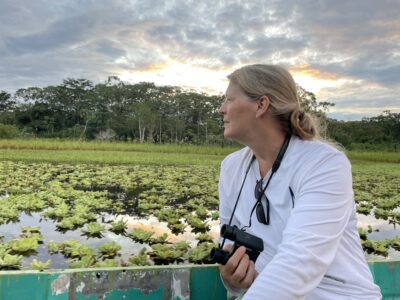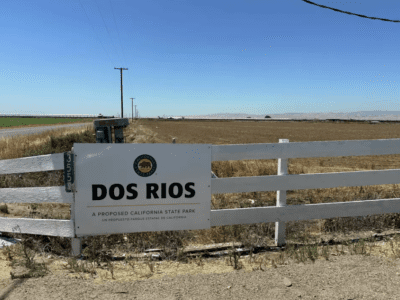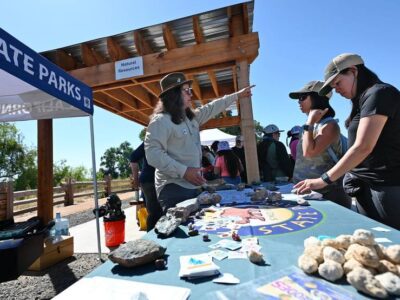When Lilia Lomeli-Gil’s mother suffered a stroke, she was there for her. Recovery can take many forms, but for the two of them, it looked like going for walks in nature together.
“Those walks were crucial for her recovery.” said Lomeli-Gil. “They drew us closer and made a big difference in her health.”
Lomeli-Gil and her mother walked along the San Joaquin River near the postage-stamp farming community of Grayson, outside of Modesto.
Having access to nearby parks and green spaces isn’t something most Californians think twice about. But for residents of the San Joaquin Valley like Lomeli-Gil, co-founder of the Grayson United Community Center, which serves the mostly Latino and underserved population in Stanislaus County, having a place nearby to go for a walk is not as common as you might think. The Valley has the fewest parks per capita of anywhere in California.
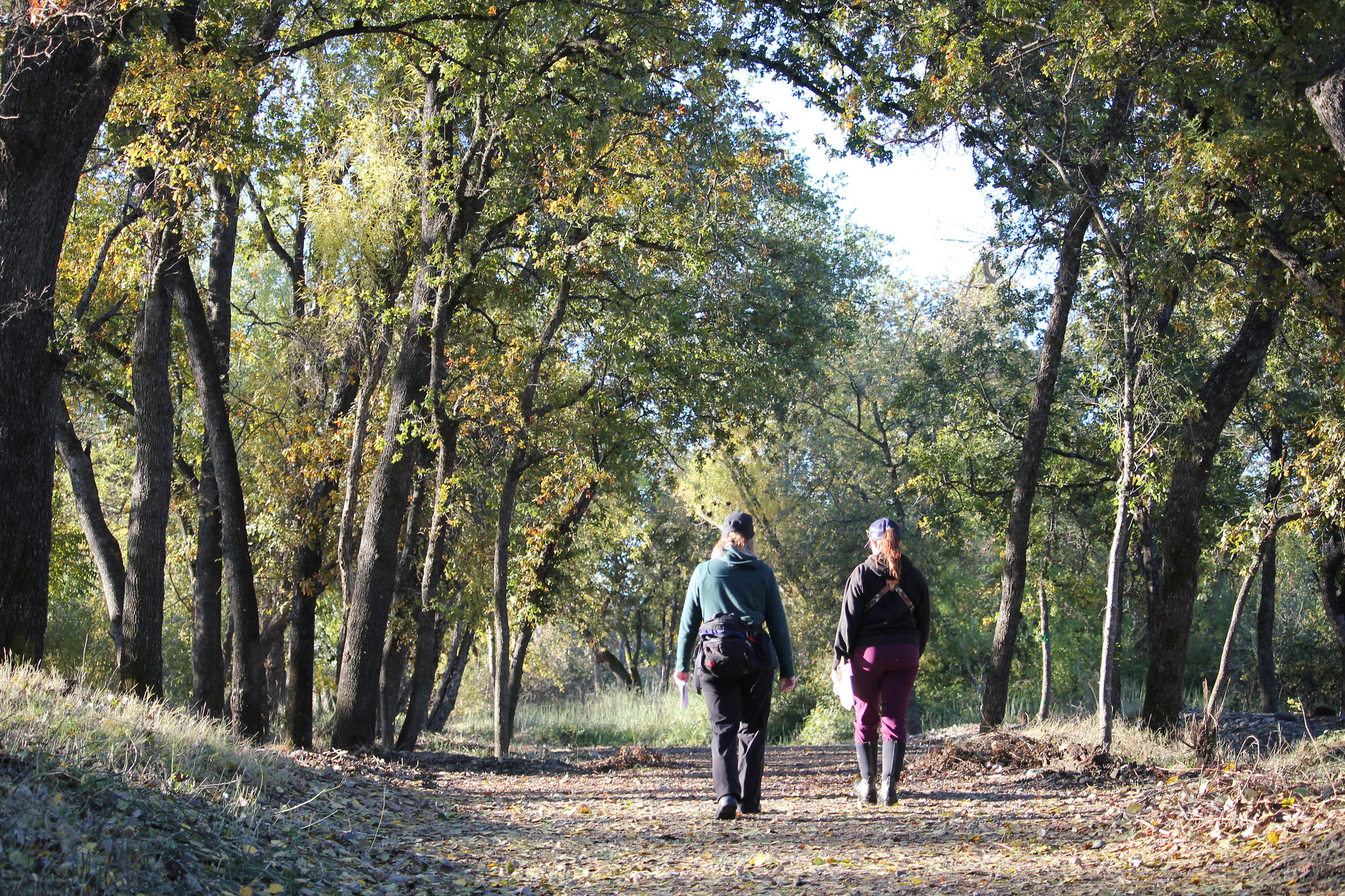
When River Partners started restoring riverside habitat in California over 20 years ago, we knew it was going to be beneficial for critically endangered wildlife like migrating salmon and monarch butterflies. And, we’ve learned just how important riparian floodplains are for capturing carbon, recharging groundwater, boosting drought-resilience, and providing a buffer for communities prone to flooding.
But, we’ve realized that one of the true benefits of what we do lies not only in boosting wildlife and climate resilience, but in improving the connection with nature for the communities we help restore. Often, those communities include economically disadvantaged places in the rural Central Valley.
“We are combining efforts with River Partners to improve the quality of life for our residents around our area,” said Lomeli-Gil.
Grayson Riverbend Preserve
Kicked off in February, the 285-acre restoration at River Partners’ Grayson Riverbend Preserve tucked along the San Joaquin River near the confluence of the Tuolumne River is one of several River Partners projects in the area.
The San Joaquin Valley is one of the most hydrologically altered landscapes on the planet. Combined with a changing climate and unpredictable weather patterns, once-abundant trout and salmon have nearly gone extinct.
“There’s no river in California as bad as the San Joaquin,” said Rosenda Mataka, Board Member of the Grayson Community Services District, which provides essential services like utilities to the town. “When you see it from the air, it looks like mud. Other rivers are blue. And ours is mud. They made a mess out of the San Joaquin River.”
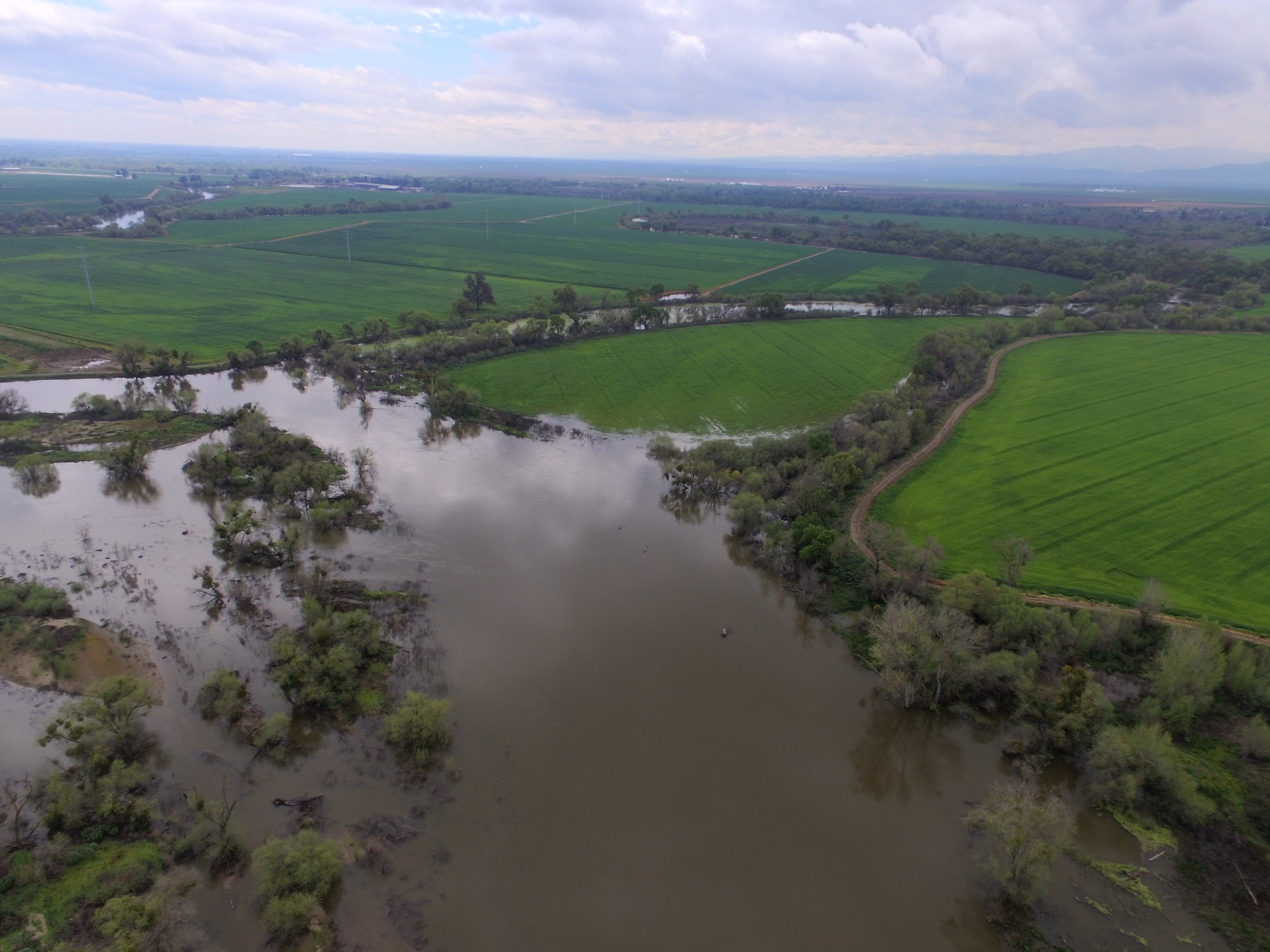
The restoration will improve the health of the river and the fish that depend on it. It will reconnect a historic floodplain back to the river, improving rearing and spawning habitat for fall-run chinook salmon and Central Valley steelhead. Newly planted riverside forests of native species, including deergrass, Santa Barbara sedge, milkweed, valley oak, and willow will cool water temperatures which can get too hot for fish to survive. Eventually, the irrigation well on-site will be decommissioned and the conserved water will be given back to the river for fish and other wildlife.
Restoring the river has other benefits, too. Local fishermen frequent the preserve, and once the restoration is complete, the area will offer improved trail access for walking, biking, running, and just enjoying nature. The preserve is also important to local Native peoples, who dig sedge root to make baskets and harvest dogbane to make cordage.
Ultimately, the project will help restore the riverbank to what it might have historically looked like—an abundant riparian forest filled with thriving wildlife and native plants, enjoyed by those who live nearby.
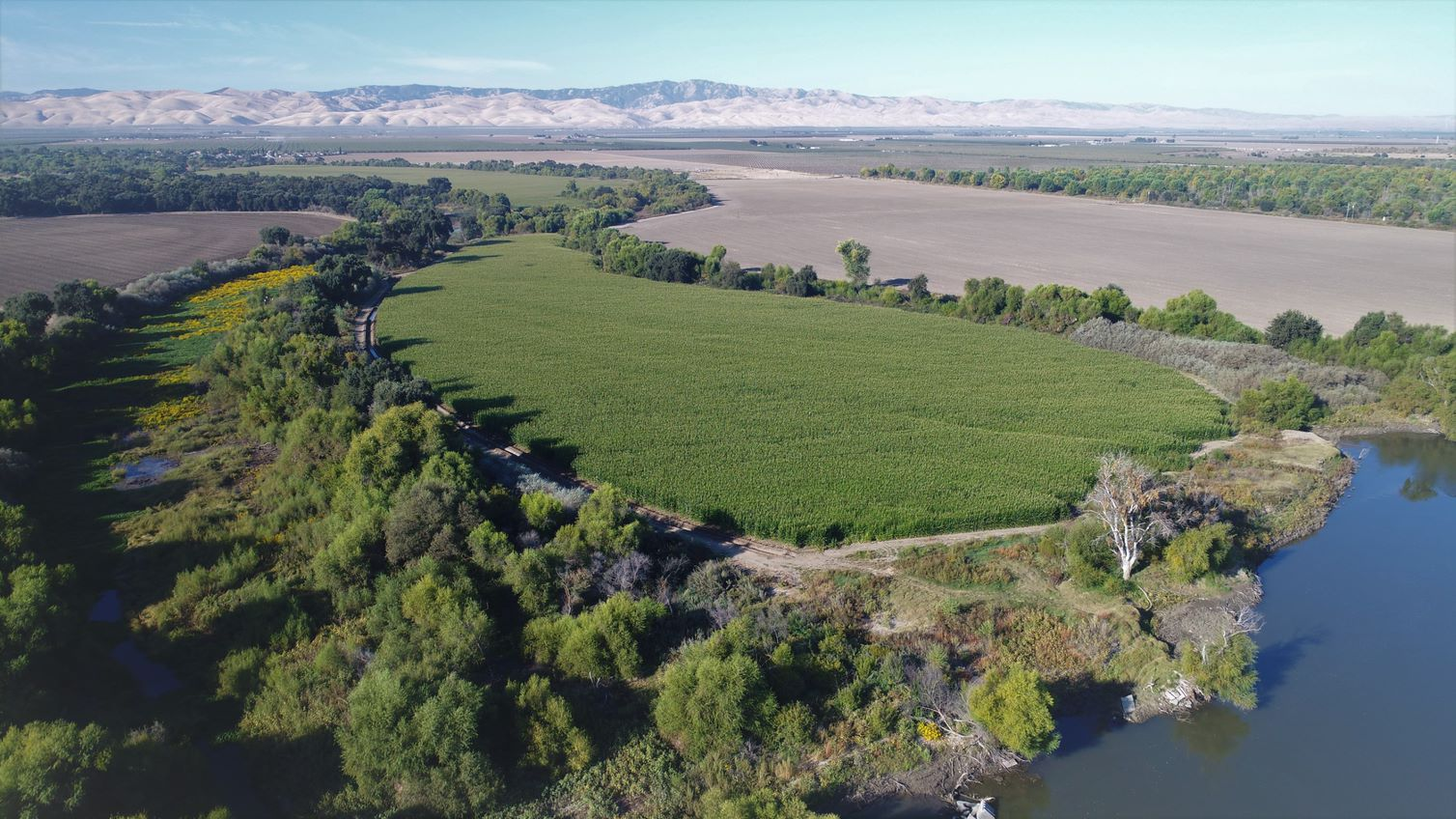
River Partners’ flagship 2,100 acre Dos Rios Ranch Preserve, the largest floodplain restoration project in California, sits just a few hundred feet from the preserve as the crow files. Just north, on the opposite riverbank, sits the San Joaquin River National Wildlife Refuge. Future plans call for incorporating both the Dos Rios Ranch and Grayson preserve into the refuge, bringing the combined acreage of restored and preserved riparian forests, wetlands, and native grasslands to nearly 11,000 acres. This move would create more connected riverside habitat for imperiled wildlife, piecing together the patchwork of protected lands.
“River Partners continues to be masterful at finding the most important missing links for river/riparian restoration along the San Joaquin River,” said Kim Forrest, Refuge Manager at the San Luis National Wildlife Refuge.
“The lands they have purchased and restored are at critically important junctures—at the confluence of other rivers, contain old oxbows and sloughs, are adjacent to other protected and restored tracts, and always have the potential for habitat restoration that is regionally significant for whole suites of wildlife species. This is a massive undertaking, and River Partners has the amazing capacity to take it on. There is no other entity doing this essential work.”

That’s a good start, but we can and need to do more to reconnect rivers and ensure the 5% of California’s remaining riparian habitat won’t be lost before future generations can enjoy it.
Not Just Fish That Need Healthy Rivers
Studies show that being able to walk out your front door and get a break in nature can lead to reduced stress, less exposure to noise, boosted physical health, and better air quality. Essentially, we need nature to live healthy lives.
Lomeli-Gil confirms how vital green spaces are to her health and those in the Grayson community. “I know nature walks are one of the most beneficial and enjoyable ways to improve well-being. Not just physical, but mental and spiritual health, too. You come out here on nature walks and you leave everything behind. You re-energize and get a good feeling.”

For economically disadvantaged communities, like many agricultural towns in the Central Valley, access to green space is limited. Nationwide, more than 75% of people who live in low-income communities of color live in nature-deprived places, according to Center for American Progress.
Restored trails planned for the Grayson Riverbend Preserve will improve access for Grayson residents. Lomeli-Gil has high hopes for the benefits. “Especially since the pandemic, I’ve been focused on mental health. I know that nature walks are one of the most beneficial and enjoyable ways to improve your mental health.”
Bringing Communities Together to Plant Greener Futures
In February, River Partners hosted Grayson community members and partners for a community planting day at the Grayson Riverbend Preserve.
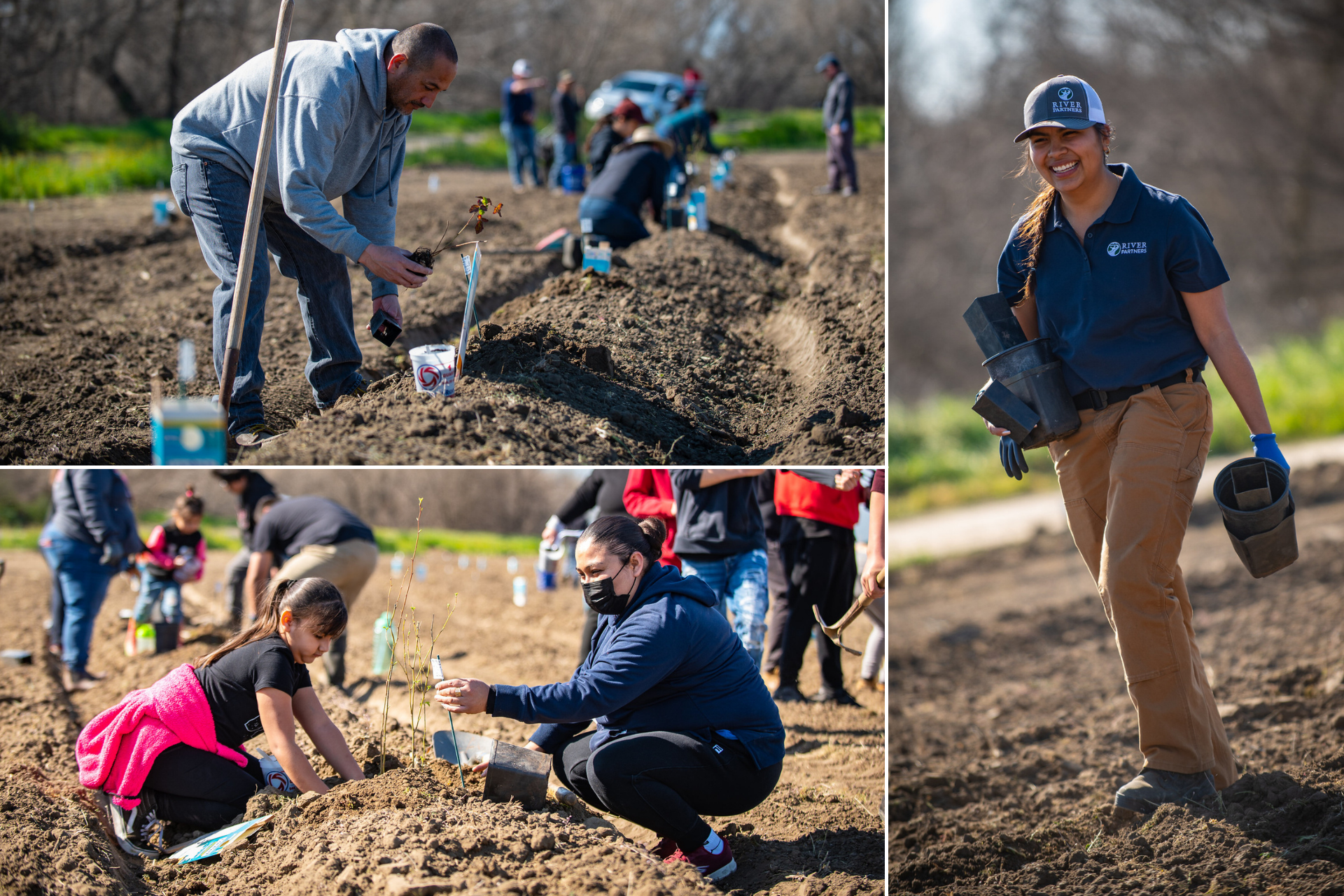
“I got a tremendous response to the planting day,” says Lomeli-Gil. “I think the restoration will bring a new appreciation of the river area, especially since we’re helping plant trees. When you invest personal time and effort into something, you take ownership of it. You develop a greater appreciation.”
There’s plenty of things going on in our world today that make it difficult to remain hopeful. But, one of River Partners’ core values is optimism. And, it’s hard to be pessimistic about the future when you’ve just kicked off the planting of 25,000 native trees that will one day grow into a thriving park to nurture you and future generations. That’s especially true when you know those same plants will provide other key benefits for a resilient future.
“We’re going to be seeing those plants thrive and grow,” notes Lomeli-Gil. “It develops a sense of pride in your community.”


